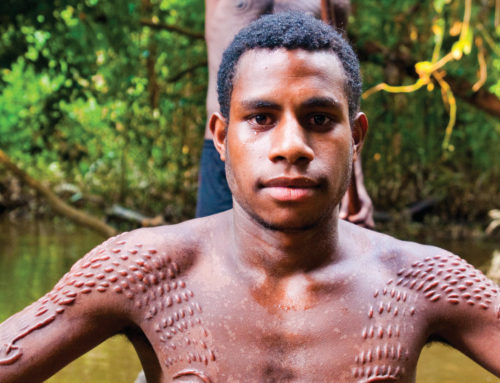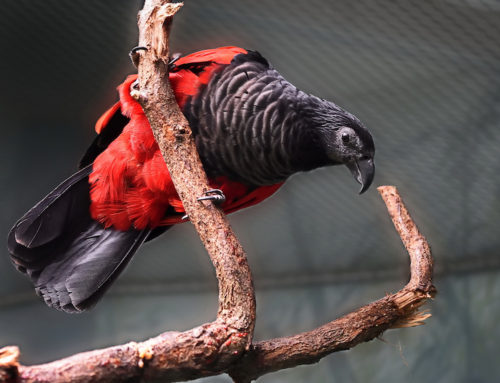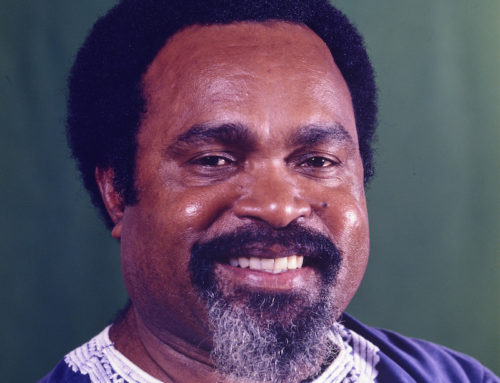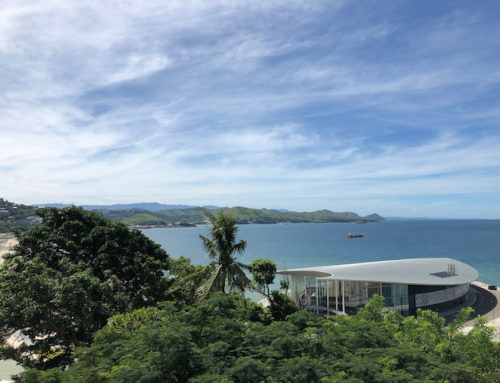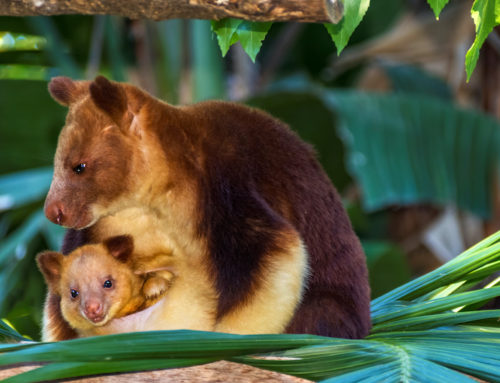It’s a Froggy-Frog world in Papua New Guinea
5th August 2016
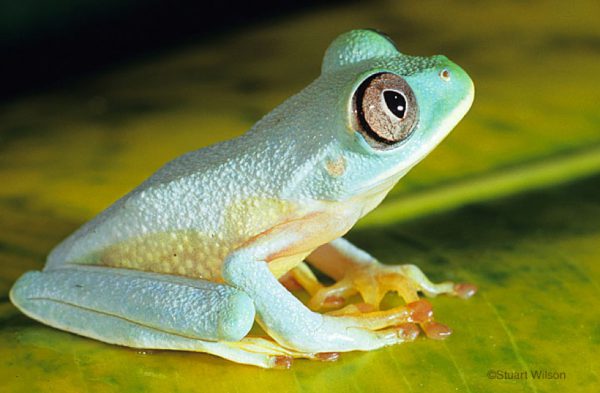
Before visiting Papua New Guinea, forget everything you know about wildlife, biodiversity and ecology. Because Papua New Guinea is a game changer. Scientists are baffled at the discoveries being made in this unique land. The nation’s slogan of “Expect the Unexpected” could not ring truer than when a few keen researchers began investigating the humble amphibian population and found that there are some of the most unique frog species, living in habitats and growing to sizes that defy what we thought we knew about these big-eyed, wide-mouthed, webbed-footed vertebrates.
Many of the frogs are endemic to Papua New Guinea while others have been traced back to the Solomon Islands and Australia. New species are constantly being found and are helping to urge the preservation of one of the world’s largest rainforests. The amphibians of Papua New Guinea are living in the jungles, underground, in streams, among the fallen leaves of the rainforest and even in deep craters of dormant volcanoes.
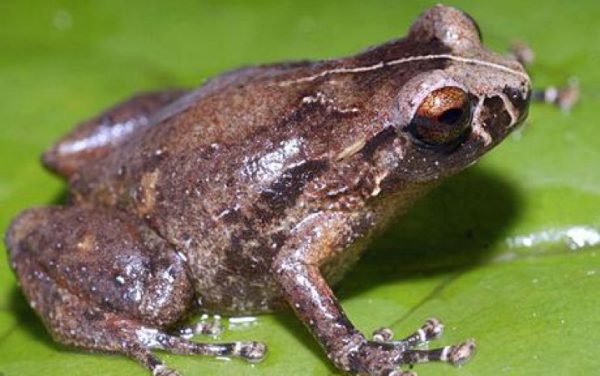
A walk through the rainforests of Papua New Guinea during the day opens your eyes to a feast of colours, wildlife and terrain that one could not ever imagine unless you experience it first-hand. But at night, it is your ears that prick up as you listen to the songs of the nocturnal creatures and begin to imagine the many animals and insects lurking above and below. The male frog croaks his mating call all through the night, with each species’ song differing slightly.
One new frog was found to sound like an insect and its clicking call has never been heard before. His name is Paedophryne Amauensis (named after the village Amau where he was found) and was discovered by Professor Chris Austin from the Louisiana State University. He dons the title of the smallest frog in the world by measuring in at a tiny 7.7mm. He lives among the leaf litter of the rainforest, a habitat niche that no other vertebrate has ever occupied.
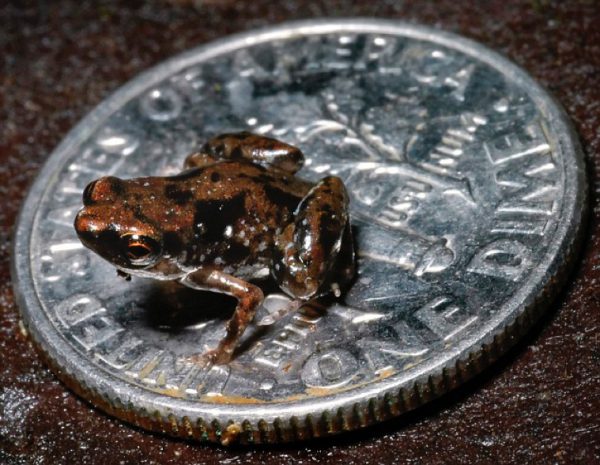
Another unique discovery was that of the Platymantis Boulngeri, a new frog species found on the island of New Britain. Mature females of this species were discovered to be 40 times the body size of the mature male! Scientists are still scratching their heads over how reproduction can occur with such a large difference in body size. In fact, this is the greatest sexual size dimorphism of any tetrapod on Earth.
Paga Hill Estate is excited to see that local scientists like Dillion Nasan are beginning to research the amphibians. Nasan is a biology honours student at the University of Goroka and her focus was looking at the different species of frogs along the gradient of a mountain. She has already discovered 14 new species of frogs. Be sure to look a little closer on your next hike or trek through the dazzling country of Papua New Guinea. Beneath a fallen leaf may just be an undiscovered amphibian waiting to be named and its croak to be heard.
Paga Hill Estate is a world class master planned estate in the heart of Port Moresby, Papua New Guinea. The waterfront site is the first comprehensively planned multi-use development in Papua New Guinea to be enjoyed by both residents and visitors alike. The all-inclusive development will include vibrant public spaces and waterfront promenade, luxury hotels, residential apartments, restaurants, retail, commercial space, a Trade, Exhibition & Cultural Centre, restoration of WWII relics, marina precinct and a nearby international cruise liner terminal.

